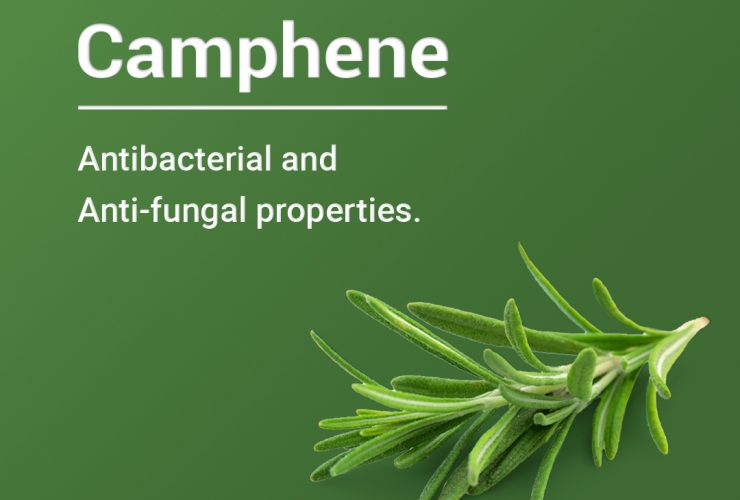Cannabis for Menopause: Does It Help?

Written by
Cannabis for Menopause: Does It Help?
Menopause is among the most dramatic body changes that a woman will experience in her lifetime. The reproductive system goes through a shift only previously experienced in puberty, and the symptoms are not altogether pleasant. These include anxiety, irritability, night sweats, insomnia, vaginal dryness, brain fog, and decreased libido.
Menopause can happen naturally or be medically induced via treatments like bilateral oophorectomies (removal of ovaries) or chemotherapy. However, both have similar symptoms as ovarian function is diminished or nonexistent. Discomforts like vaginal dryness and hot flashes can be mitigated through hormone replacement therapy (HRT). However, long-term exposure to exogenous hormones comes with potential cancer and cardiovascular risks.
Some women rely on natural remedies like maca, wild yam, and black cohosh for short term relief. However, with cannabis legalization, research is now going into the potential of cannabis as a therapy during menopause.
Effects of cannabis on the endocannabinoid system
For thousands of years, people have used cannabis to treat numerous conditions. Prior to prohibition, it was used in women’s health, particularly during menses as an analgesic and appetite stimulant.
You may have heard about the benefits of medical cannabis on pain, stress, and inflammation. However, the puzzle of how it lowers the discomforts of menopause opens a new window into the endocannabinoid system (ECS). This initially unknown system helps regulate various functions and processes within the body. The ECS has two primary receptors, CB1 and CB2. Cannabis targets these receptors to ease several menopause symptoms with less severe side effects than pharmaceuticals.
Choosing the best way to consume cannabis
The method of consumption determines the onset time of therapeutic effects as well as the duration. Symptoms that require rapid onset of relief are best treated via inhalation by vaping or smoking. Oils and edibles, on the other hand, may take up to two hours before taking effect but last much longer. Patients may be tempted to ingest more if they are inexperienced but it is important to wait before taking an additional dose, even if no effects are felt right away. The best advice for initial consumption is ‘start low, go slow.’
Microdosing, where small amounts of cannabis are consumed throughout the day, can also be helpful, especially if patients aren’t finding relief with their existing dosing schedule. With this method of consumption, symptoms can be reduced with less drowsiness or other unwanted side effects, allowing patients to function better during the day. The size of a microdose may vary depending on a patient’s tolerance, size, and metabolism.
THC and CBD helps relieve menopause symptoms in several ways:
- Alleviating anxiety and stress
- Promoting sleep
- Reducing inflammation and pain
- Alleviating brain fog
Though likely not achieved with microdosing, the euphoria or ‘high’ caused by THC may enhance libido. Interestingly, cannabis-infused vaginal lubricants and suppositories could also spice up menopausal sex.
Still looking for the strains that work best for you? Download the Strainprint app on Play Store or the App Store today.


